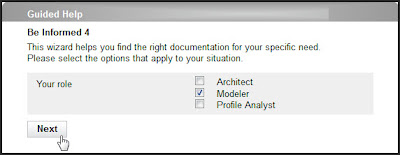Improve Product and Brand engagement through smart documentation - A White Paper about the challenge of creating user-centric documentation

For most product manufacturers, delivering adequate documentation is a constant challenge. The increasing complexity of products and the stricter regulations for product documentation often lead to extensive documentation sets with 500+ pages manuals on-line or in print. The question is: how effective is all this documentation? Smart, user-centric documentation Users can be overwhelmed by long, jargon-loaded user manuals, and frustrated by a lack of clear answers. When customers don’t find a solution, blame inevitably falls on the product and the company. Bad documentation - incomplete, unclear, out of date - creates a negative engagement with products and brands. Figure 1. Smarter documentation asks users what they need to know Smart documentation leads users to success and satisfaction. These are the users who share their positive experience with family and friends, and convince them to become customers in turn. Using semantic technology, we can create the smart document...

